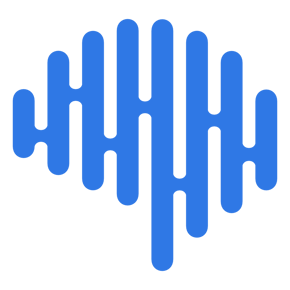Many companies built their reputations on surveying a thousand or more people to capture national opinions or TV watching habits. Today, online survey companies may maintain panels of respondents and can deliver several thousand data points in a week. We all know bigger is better.
Or, is it?
I feed Buddy, my German Shepherd puppy, grocery store kibble. I buy the 50-pound bag because it’s the most cost-effective; Buddy weighs 90 pounds so he devours food. The kibble is fine; it smells OK and fills him up. Every other day I give Buddy a couple of spoons of premium canned dog food. He goes crazy for the fresh meat, even though the quantity is small. Buddy's behavior shows a clear dividing line for the food he likes and the food he loves.
Comparing survey data to Immersion is like comparing grocery store kibble to fresh pure beef dog food. More is not always better.
Let's say you want to evaluate four new shows for your Fall TV line-up. Traditional testing asks people to watch pilots and then fill out surveys with their opinions. Opinions are fine. Unfortunately, they poorly predict outcomes and suffer from known reporting biases. The alternative is Immersion. Immersion lets you measure brain activity for a room full of people and watch in real time as Immersion's easy to understand 0-10 scale varies second-by-second.
Immersion gives you just the right amount of information to accurately predict market outcomes. Here's why. First, there is a mathematical calculation in statistics called "power of test" that determines the number of observations one needs for statistical reliability. This calculation shows that immersion data will generate statistically relevant findings when 35 people are measured. Since Immersion works at scale, you can measure those 35 people simultaneously.
The second reason that Immersion's clients do not need to measure large samples of participants is the richness of the data. If 35 people watched four 22-minute shows, Immersion generates 184,800 data points. Immersion data is big data. Immersion even identifies trends in the data with as few as 15 people because it is so granular. Furthermore, unlike every other neuroscience measurement tool, Immersion data are processed in real-time so users get immediate results.
The value of second-by-second, statistically predictive neurologic data cannot be overstated. Immersion's clients do not need a PhD in data science to get actionable insights from the Immersion platform. Using the TV pilot example, Immersion would show the network
- Whether to air the show. The Immersion platform has benchmarks for all types of experiences and provides clients with unambiguous go/no-go indicators.
- How to increase immersion. The platform syncs immersion data to recorded media so users can watch immersion evolve second by second making it easy to edit content for higher immersion. The platform includes metrics that show clients where and how to boost immersion, thereby raising TV ratings.
- How to identify superfans. The Immersion platform identifies people whose brains are on cloud nine during an experience and automatically builds a demographic profile of superfans. Superfans will help you spread the word about your amazing content and identifying them neurologically ensures they are committed to helping you.
My dog Buddy knows that a small portion of rich and meaty food can make his day. Immersion saves you time and effort by giving you the rich predictive information you need to be successful. It might even make your day.


